Daikon radish is a key ingredient in many Korean dishes, from soups to stews to pickles. But what if you can't get your hands on this versatile root vegetable, or you're simply looking to switch things up in the kitchen?
Since I've been in this situation many times since moving back tot he States, this article covers several delicious daikon radish substitutes that will work just as well in your favorite Korean recipes, from side dishes all the way to basic comfort foods.
But first, let’s look at how you should choose a possible daikon radish substitute.
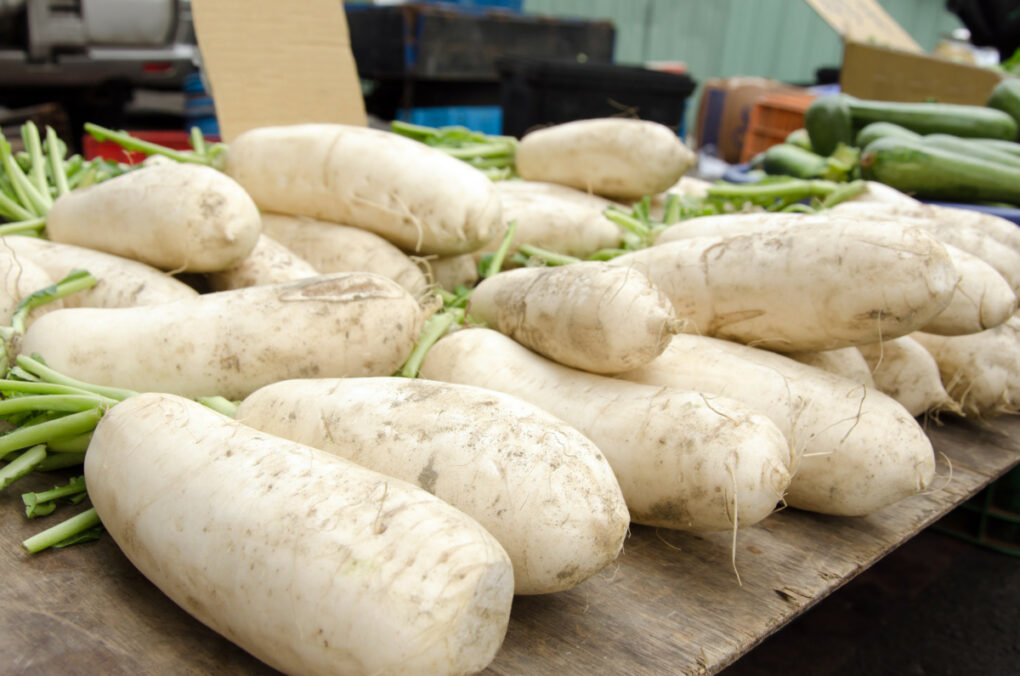
Jump To
How to Choose Substitutes for Daikon Radish
Daikon radish is a popular ingredient in many Asian cuisines due to its unique flavor and texture. However, much like certain fruits, it can be difficult to find this fresh radish in some areas or during certain seasons. When choosing a substitute for daikon radish, it's important to consider several factors.
Flavor
To ensure that your dish is well-complemented, it's important to choose an ingredient with a similar flavor profile as daikon radish, that boasts the same slightly sweet and mildly spicy taste.
Texture
If you're looking to achieve the same pleasant crunch that daikon radish provides in your dishes, consider opting for a substitute with a similar texture, such as turnips or jicama. This is because daikon radish has a crunchy texture that adds a unique element to the dish.
Availability
When choosing a substitute, consider the availability of the ingredient in your area, as daikon radish can be difficult to find in some areas or during certain seasons.
Nutritional Value
Also, when selecting a substitute for daikon radish, look for an ingredient that’s similarly rich in nutrients, such as Korean radishes or parsnips.
Culinary Use
Consider the culinary use of daikon radish in your recipe. If it is being used as a garnish or in a salad, you may want to choose a substitute that has a similar appearance, such as jicama or red radish.
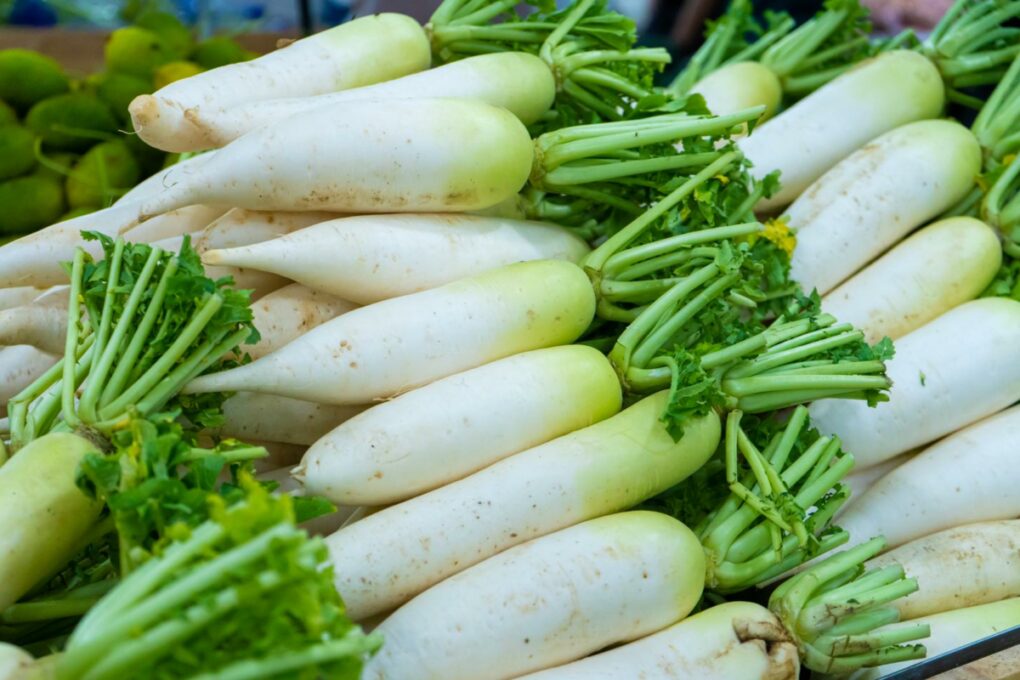
Daikon Radish Substitutes
1. Korean Radish
Also known as mu or moo, Korean radish is a root vegetable that has a similar texture and flavor to daikon radish and is often used in kimchi, salads, and soups.
Korean radish has pale green skin and white flesh that is crisp and slightly sweet. It's less spicy than daikon radish, but it still provides a nice crunch and refreshing taste. Korean radish is also a good source of vitamin C and fiber.
When using Korean radish as a replacement for daikon radish, keep in mind that it may have a slightly different texture and flavor. However, it’s still a great option that can add a unique twist to your Korean dishes.
2. Red Radish
Red radish is a popular root vegetable that’s widely used in many cuisines around the world. These small, round radishes have bright red outer skin and a crisp, white interior and pack a slightly spicy flavor that is milder than daikon radish, which makes them a great choice for those who prefer a less intense flavor.
These radishes are often used in Korean cuisine, where they are served raw as a side dish or added to salads and soups, and also as a garnish for tacos and other Mexican dishes.
When using red radish as a substitute for daikon radish, simply slice or julienne them and use them in your favorite recipes. They work well in kimchi, pickles, and other fermented dishes. You can also add them to stir-fries or use them as a topping for rice bowls, adding even more nutrients than daikon does.
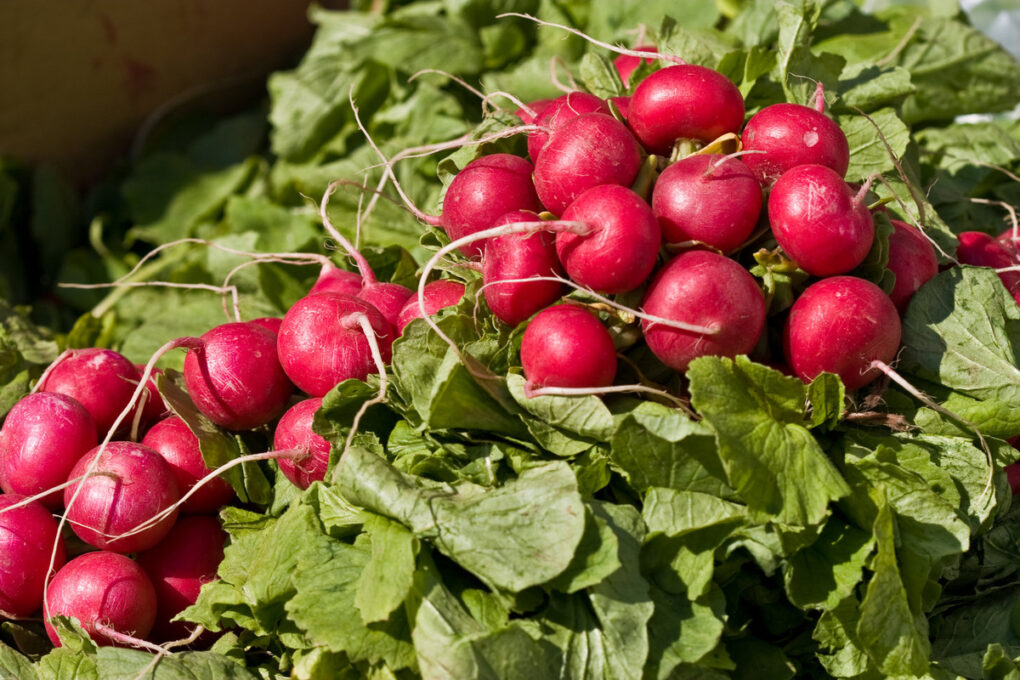
3. Jicama
For those who can't find daikon radish or simply prefer a milder taste, jicama can be an excellent substitute. It has a crisp texture with a slightly sweet flavor, making it a great alternative for your recipe.
Jicama is also a versatile ingredient that can be used in various Korean dishes. In kimchi, it provides a refreshing crunch and a hint of sweetness to the spicy fermented dish. Additionally, it can be sliced thinly and served as a banchan, complementing other Korean flavors and adding a unique texture to your meal.
When diced and added to stir-fries, jicama holds up well to heat and provides a satisfying crunch to the dish. Jicama is sweeter and less spicy than daikon radish so adjust the seasoning accordingly to even out the flavors of the dish.
4. Parsnips
While daikon radish is a staple in many Asian kitchens, it can be hard to find in some parts of the world. Luckily, parsnips are a great alternative that can be used in many of the same ways. They have a similar texture and mild flavor that won't overwhelm the dish.
Parsnips also provide a considerable amount of fiber and vitamin C, making them a nutritious choice. Furthermore, they are lower in calories compared to daikon radishes, which makes them a healthier alternative for certain dishes.
To use parsnips in Korean recipes, you can slice them thinly and add them to soups, stews, or stir-fries. They also work well roasted or mashed as a side dish. When selecting parsnips at the market, look for ones that are firm and free of blemishes. You can store them in the refrigerator for up to two weeks.
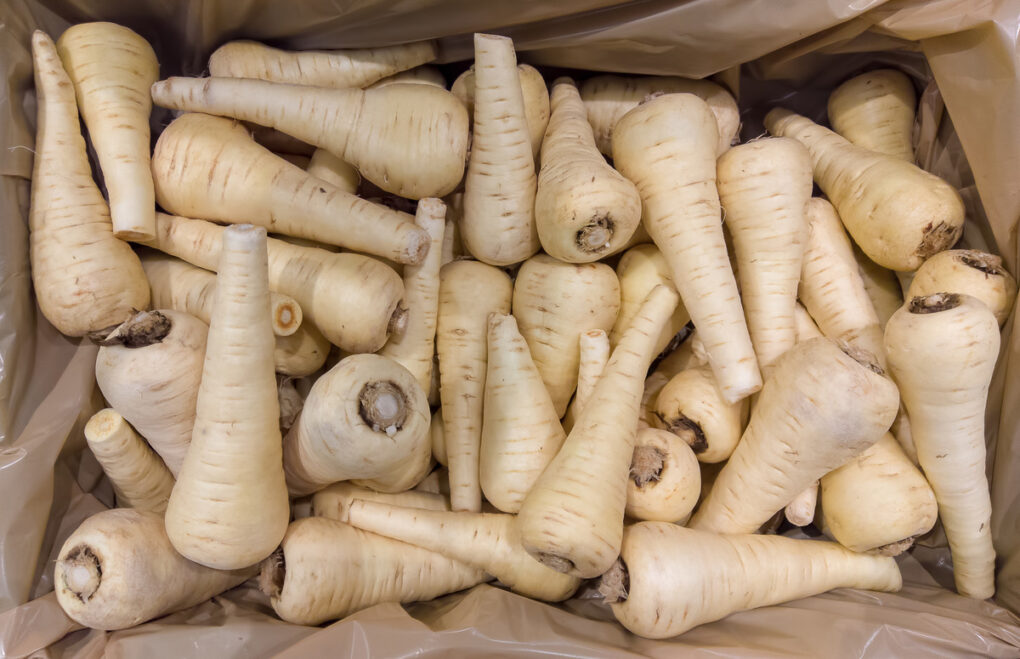
5. White Turnips
White turnips are a versatile ingredient that can be used in many Korean dishes, including kimchi, pickled vegetables, and stir-fries. They are also great in salads or as a garnish for soups and stews and are often overlooked as a substitute for daikon radish.
While daikon radish has a distinct flavor and texture, white turnips can offer a similar taste and crunch, with them being slightly sweeter and milder. They are also less crunchy than daikon radishes, which can be a good or bad thing depending on your preference.
White turnips are not as large as daikon radishes, so you may need to use more of them to get the same amount of flavor and texture. You can also try slicing them thinner or grating them to mimic the texture of daikon radish.
6. Horseradish Root
This root vegetable is native to Eastern Europe and has been used for centuries as a condiment and a medicinal herb. Horseradish root has a strong and sharp flavor that can add a kick to any dish and is commonly used in sauces and dips, such as cocktail sauce and horseradish cream sauce.
You can also grate it and mix it with vinegar and salt to make a homemade horseradish sauce, which goes with all types of meat. They have a much stronger flavor than daikon radish, so you want to use less than you would with a recipe that isn’t adjusted to the texture of the root.
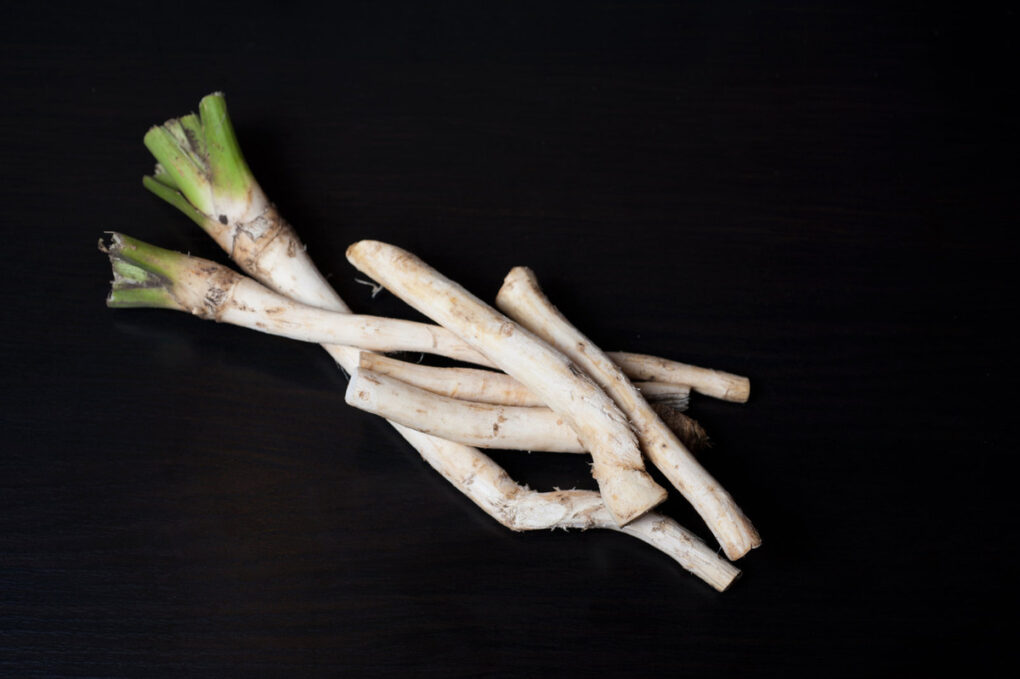
7. Cabbage Hearts
Cabbage hearts are the innermost leaves of a cabbage head that are tender and sweet and are a delicious and nutritious alternative to daikon radish.
These hearts are a great substitute for daikon radish in Korean dishes such as kimchi, bibimbap, or kimbap and offer a refreshing crunch and slightly sweet flavor that compliments the spicy and savory flavors of Korean cuisine.
Additionally, cabbage hearts can also be used in coleslaw, where they provide a similar texture and flavor to daikon radish, adding a crisp and refreshing crunch to the salad. They cook quickly and retain their crunch, adding a nice texture to the dish.





Comments
No Comments